Introduction:

A Personal Journey into the World of Crossdressing
Hello, my name is Alex, and I am a crossdresser. I’ve been living this fascinating, vibrant, and sometimes challenging lifestyle for over a decade. My journey has been filled with self-discovery, acceptance, and a lot of learning. I’ve come to understand that crossdressing is a unique experience that varies greatly from person to person. It’s a part of who I am, and it’s a part of my life that I’ve grown to love and embrace.
Crossdressing, for those who might not be familiar, is the act of wearing clothing and adopting behaviors typically associated with the opposite gender. As a crossdresser, I find joy and fulfillment in expressing myself in ways that defy traditional gender norms. But my experience as a crossdresser is just that – my experience. The world of crossdressing is as diverse as the people who participate in it, encompassing new crossdressers, closet crossdressers, sissies, femboys, drag performers, and many more.
Dispelling Common Misconceptions about Crossdressing

The purpose of this blog post is to dispel some of the common misconceptions about crossdressing. Despite the progress we’ve made in understanding and accepting different forms of gender expression, crossdressers often find themselves misunderstood or stigmatized. Misconceptions about crossdressing can create barriers and make it harder for crossdressers to express themselves openly and honestly.
In this post, I’ll share my personal experiences and insights to shed light on what crossdressing really means. I hope that by sharing my journey, I can help to dispel these misconceptions and foster a greater understanding and acceptance of crossdressers. So, whether you’re a crossdresser yourself, know someone who is, or are simply interested in learning more, I invite you to join me on this journey of exploration and understanding.
What is Crossdressing?
Defining Crossdressing
Crossdressing, at its most basic, is the act of wearing clothing and other adornments commonly associated with the opposite sex. However, this definition only scratches the surface of what crossdressing truly entails. It’s not just about the clothes one wears; it’s about self-expression, identity, and breaking free from traditional gender norms.
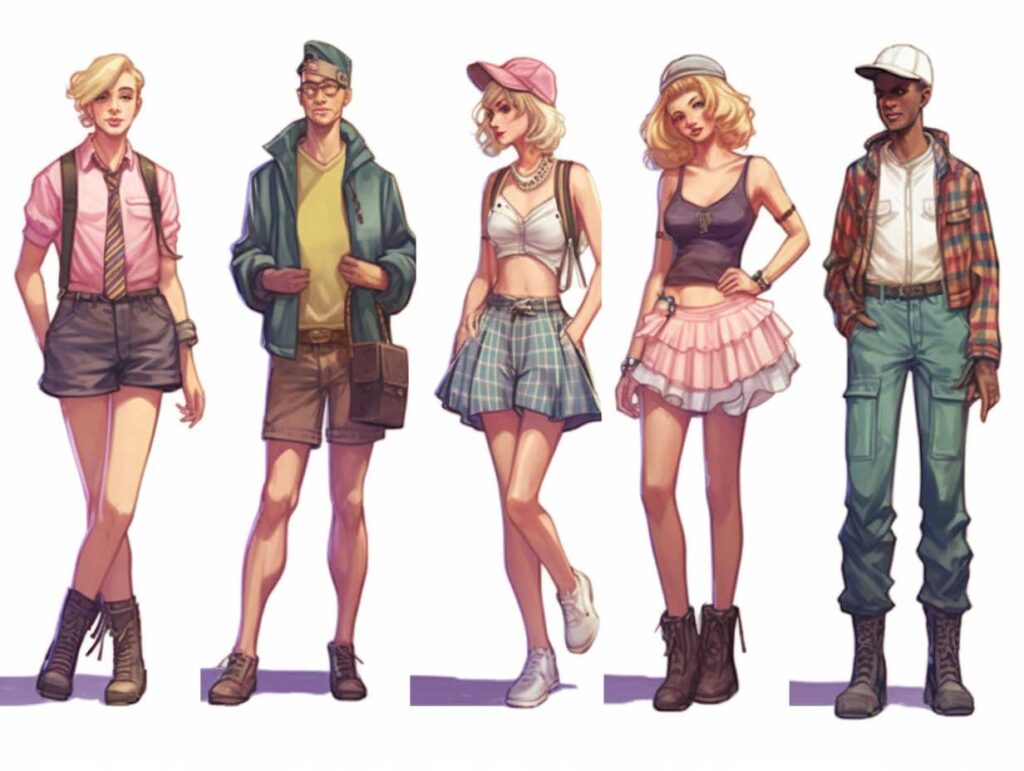
Crossdressing is a form of gender expression that doesn’t necessarily correlate with one’s sexual orientation or gender identity. A crossdresser can be of any gender, sexual orientation, age, or background. The key unifying factor is the desire to express oneself through clothing and behaviors typically associated with the opposite gender.
The Spectrum of Crossdressers
Just as there are many ways to be a person, there are many ways to be a crossdresser. The term “crossdresser” is an umbrella term that encompasses a wide range of individuals who engage in crossdressing for various reasons and in various ways. Here are a few types of crossdressers you might come across:
New Crossdressers
New crossdressers are individuals who have recently discovered the joy and freedom of crossdressing. They are in the early stages of their journey, exploring different styles, learning about themselves, and navigating the complexities of their new form of self-expression.
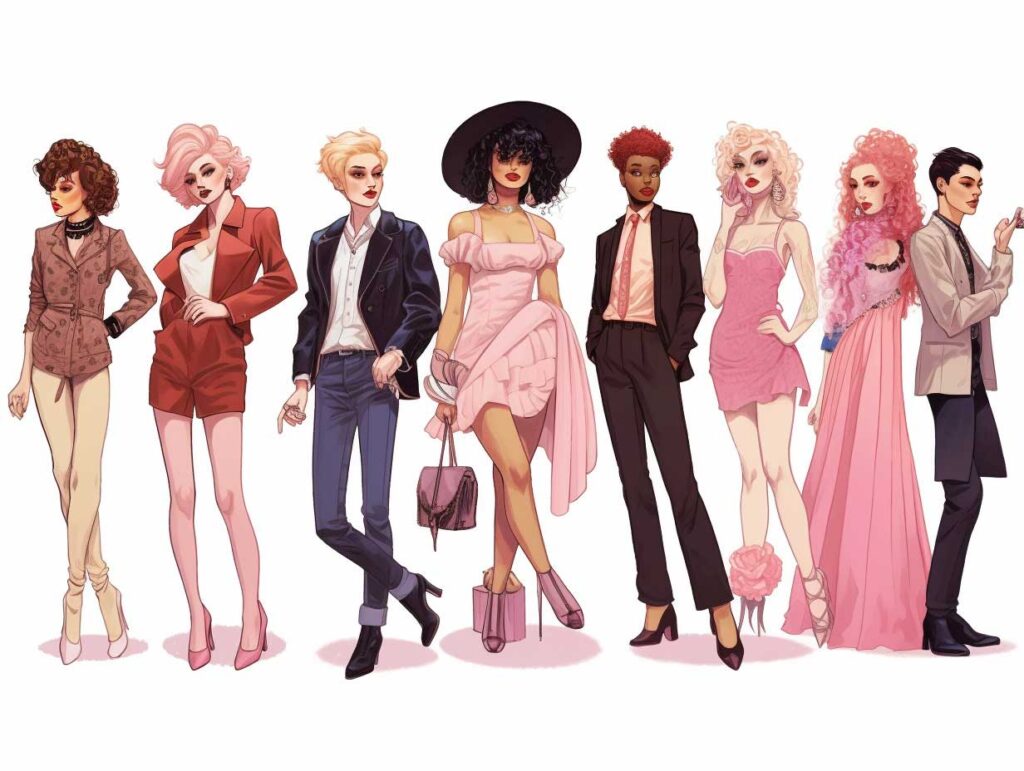
Closet Crossdressers
Closet crossdressers are individuals who crossdress in private and have not disclosed their crossdressing to others. They might crossdress for a variety of reasons, such as self-exploration, comfort, or the simple joy of wearing clothes typically associated with the opposite gender.
Sissies
Sissies are crossdressers who enjoy embodying hyper-feminine characteristics and behaviors. They often dress in frilly, girly clothing and may adopt a submissive persona.
Femboys
Femboys are individuals, typically assigned male at birth, who express themselves in ways that are traditionally associated with femininity. They might not identify as crossdressers per se, but they challenge gender norms through their feminine presentation.
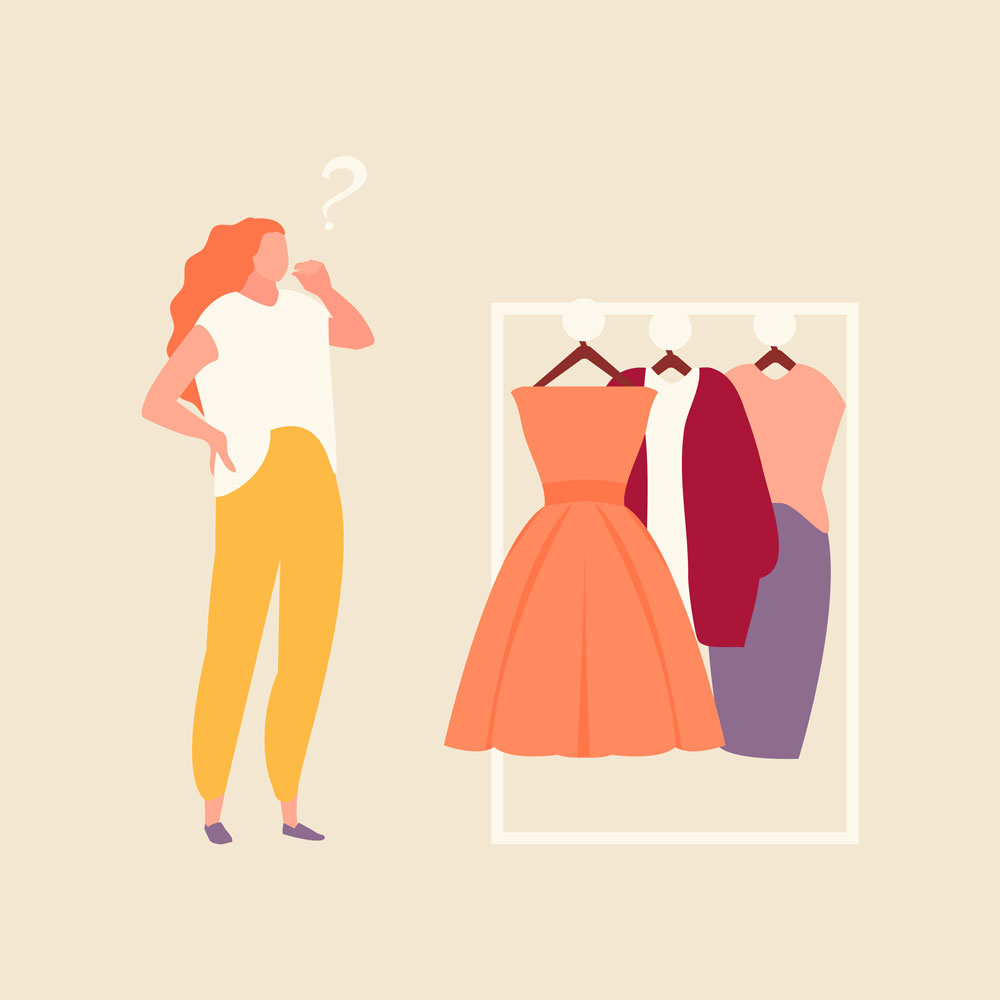
Drag Performers
Drag performers are entertainers who dress in clothing associated with the opposite gender, often with an exaggerated, theatrical flair. While drag is a form of crossdressing, not all crossdressers are drag performers. Drag is often a performance art, while crossdressing can be a part of everyday life.
Each of these types of crossdressers has their own unique experiences and perspectives. They all fall under the broad umbrella of crossdressing, but their motivations, their methods, and their experiences can vary greatly.
Related post:
Crossdressing Stories: My Journey and Experiences as Shannon
Embracing Femboy Fashion: A 30-Year Crossdressing Journey
Crossdresser Lingerie: Embracing Femininity in Style
My Journey as Crossdresser
Discovering the World of Crossdressing
My journey as a crossdresser began quite unexpectedly. I was in my late teens when I first discovered the concept of crossdressing. I had always been intrigued by the idea of challenging traditional gender norms, but it wasn’t until I stumbled upon an online community of crossdressers that I realized there was a whole world of people who felt the same way.
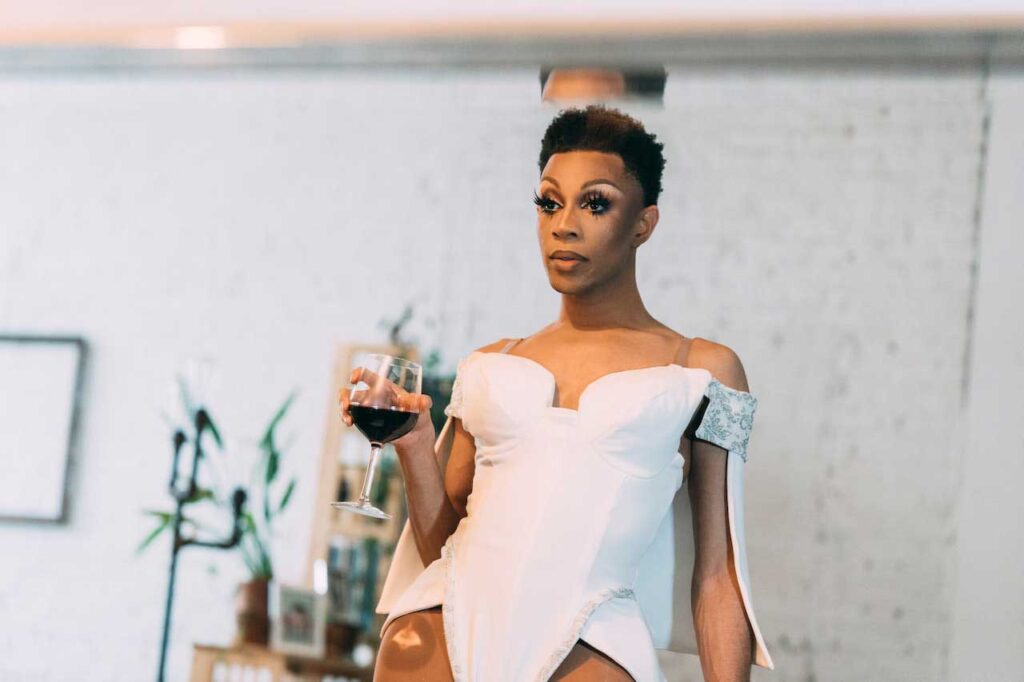
One day, out of curiosity, I decided to try on a dress. I was alone at home, and the idea seemed both thrilling and terrifying. I remember the feeling of the fabric against my skin, the way the dress moved with me. It was a simple, unassuming dress, but to me, it represented a whole new world of possibilities. That was the moment I realized I was a crossdresser.
The Challenges and Joys of Crossdressing
My journey as a crossdresser has not been without its challenges. One of the biggest hurdles I faced was acceptance – both from others and, more importantly, from myself. There were times when I questioned my desires, wondered if there was something wrong with me. But over time, I’ve learned to accept and embrace my identity as a crossdresser.
Crossdressing has brought me a great deal of joy. It’s given me the freedom to express myself in ways I never thought possible. It’s allowed me to explore different facets of my personality, to step outside of my comfort zone, and to challenge societal norms.
But perhaps the most rewarding aspect of crossdressing has been the community I’ve found. I’ve met so many incredible individuals from all walks of life, each with their own unique crossdressing journey. They’ve provided me with support, understanding, and a sense of belonging.
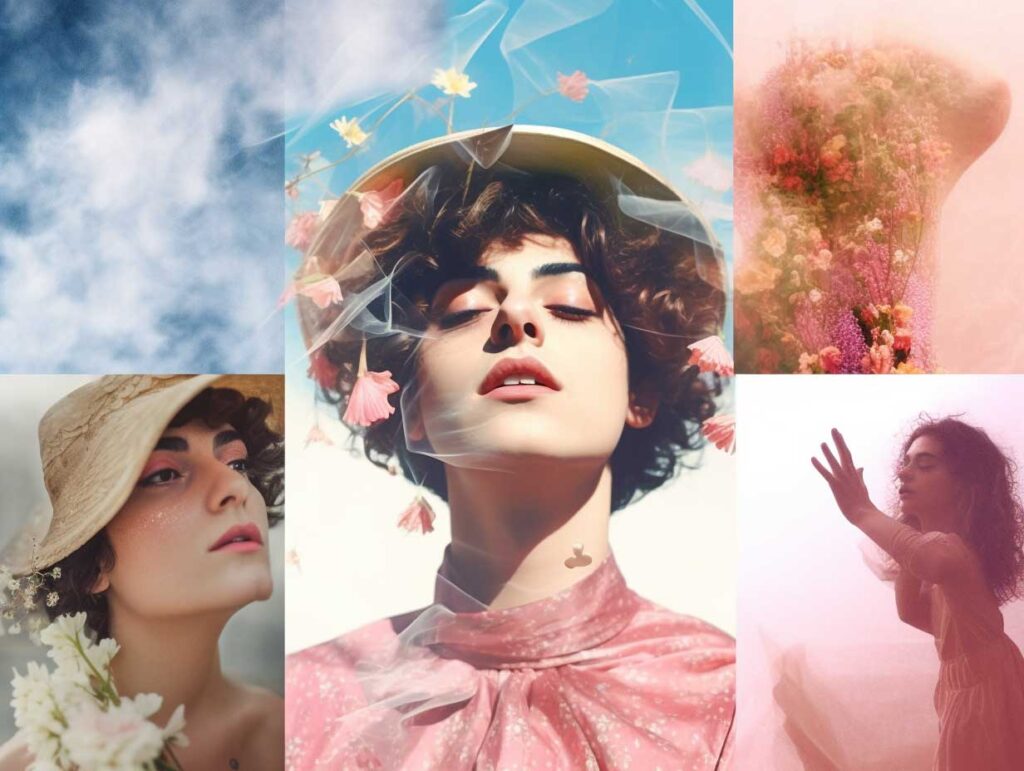
My journey as a crossdresser is ongoing. I’m continually learning, growing, and evolving. And while there are still challenges to face and misconceptions to dispel, I wouldn’t trade my crossdressing journey for anything.
Common Misconceptions about Crossdressing
Crossdressing, like many aspects of gender and sexuality, is often misunderstood. These misunderstandings can lead to stereotypes and misconceptions that stigmatize crossdressers and create barriers to understanding and acceptance. Here, I’ll address some of the most common misconceptions about crossdressing.
Misconception 1: Crossdressing is Only for LGBTQ+ Individuals
One common misconception is that crossdressing is exclusively practiced by individuals who identify as LGBTQ+. While it’s true that many crossdressers do identify as LGBTQ+, it’s important to note that crossdressing itself is a form of gender expression, not a statement about one’s sexual orientation or gender identity. People of all sexual orientations and gender identities can and do engage in crossdressing.
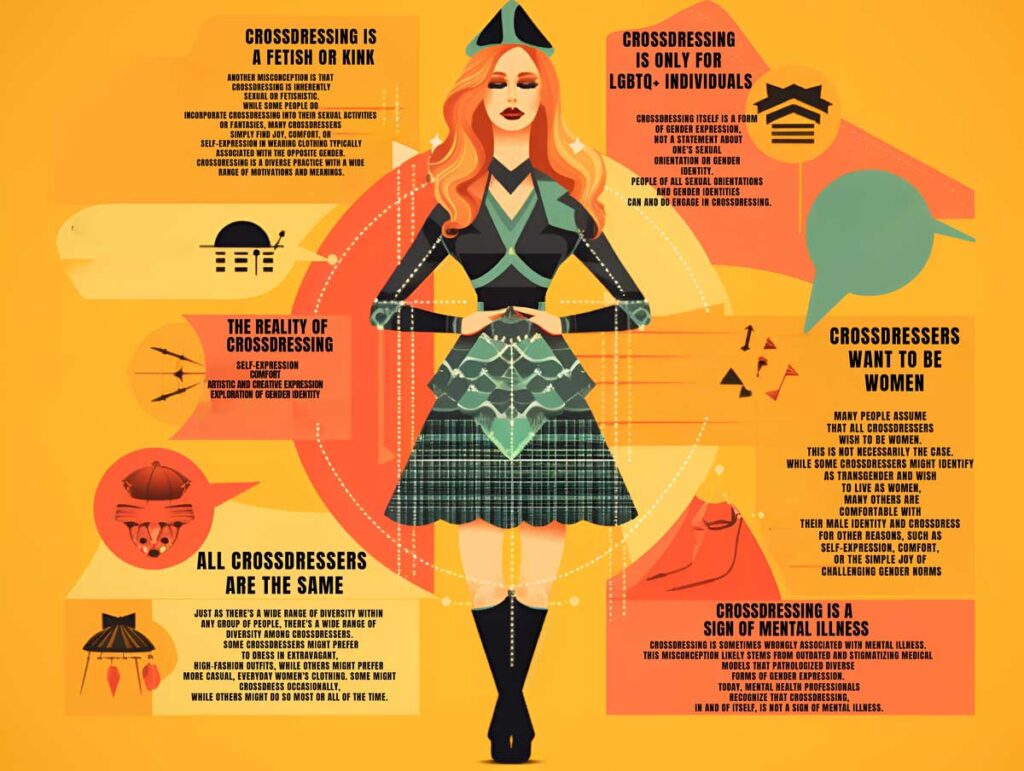
Misconception 2: Crossdressing is a Fetish or Kink
Another misconception is that crossdressing is inherently sexual or fetishistic. While some people do incorporate crossdressing into their sexual activities or fantasies, many crossdressers simply find joy, comfort, or self-expression in wearing clothing typically associated with the opposite gender. Crossdressing is a diverse practice with a wide range of motivations and meanings.
Misconception 3: Crossdressers Want to Be Women
Many people assume that all crossdressers wish to be women. This is not necessarily the case. While some crossdressers might identify as transgender and wish to live as women, many others are comfortable with their male identity and crossdress for other reasons, such as self-expression, comfort, or the simple joy of challenging gender norms.
Misconception 4: Crossdressing is a Sign of Mental Illness
Crossdressing is sometimes wrongly associated with mental illness. This misconception likely stems from outdated and stigmatizing medical models that pathologized diverse forms of gender expression. Today, mental health professionals recognize that crossdressing, in and of itself, is not a sign of mental illness.
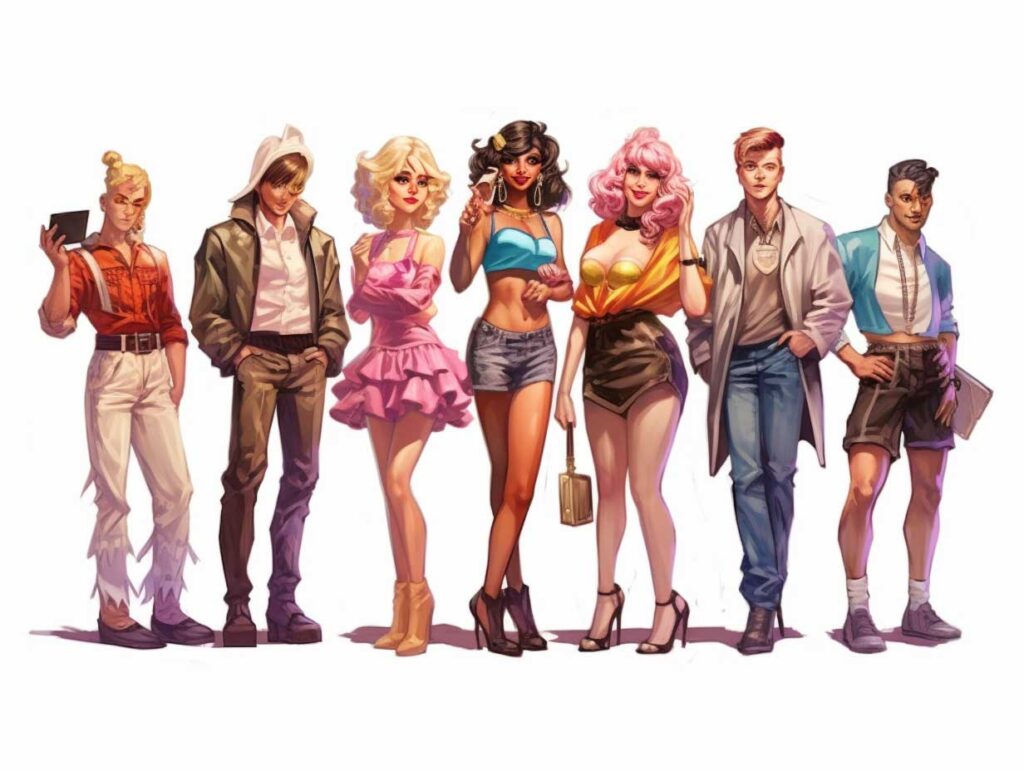
Misconception 5: All Crossdressers are the Same
Finally, there’s a misconception that all crossdressers are the same. This couldn’t be further from the truth. Just as there’s a wide range of diversity within any group of people, there’s a wide range of diversity among crossdressers. Some crossdressers might prefer to dress in extravagant, high-fashion outfits, while others might prefer more casual, everyday women’s clothing. Some might crossdress occasionally, while others might do so most or all of the time.
In conclusion, it’s important to remember that crossdressers, like all people, are individuals with their own unique identities, experiences, and expressions.
The Reality of Crossdressing
Crossdressing is a complex and multifaceted form of self-expression that can’t be neatly boxed into a single definition or explanation. It’s a practice that’s as diverse as the people who engage in it. In this section, I’ll delve into the diverse reasons why people crossdress and the different ways they express themselves.
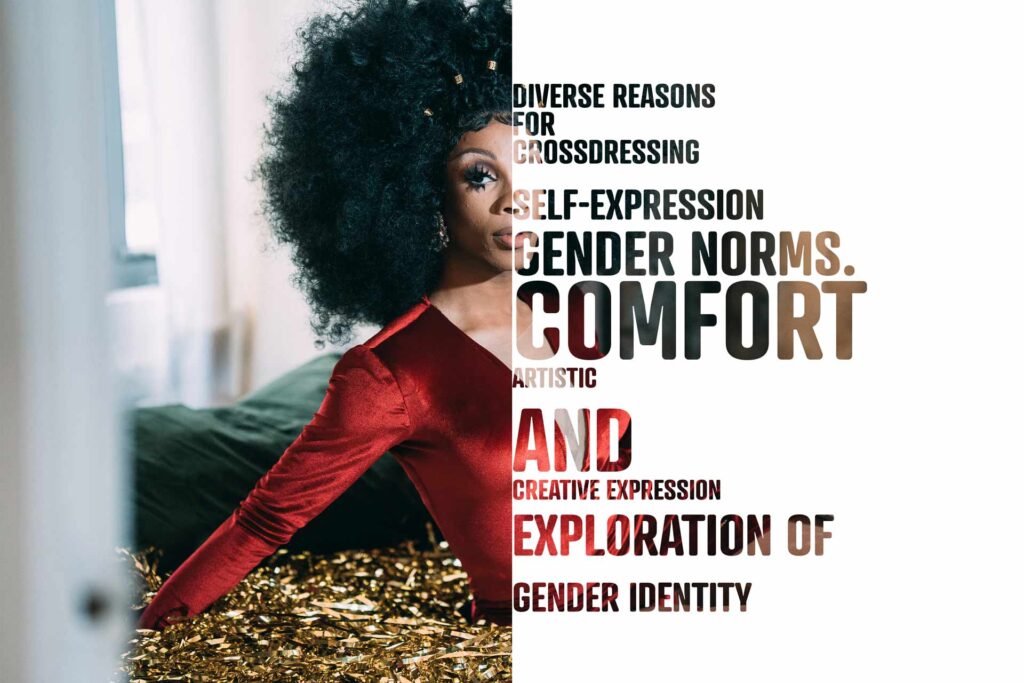
Diverse Reasons for Crossdressing
People crossdress for a variety of reasons, and these reasons can be as unique as the individuals themselves. Here are a few common motivations:
Self-Expression
For many, crossdressing is a form of self-expression. It’s a way to explore and express aspects of their identity that they might not feel able to express in their everyday lives. This can be particularly liberating for individuals who feel constrained by traditional gender norms.
Comfort
Some crossdressers find that they simply feel more comfortable in clothing typically associated with the opposite gender. This can be a physical comfort, an emotional comfort, or both.
Artistic and Creative Expression
Crossdressing can also be a form of artistic and creative expression. This is particularly true for drag performers, who use clothing, makeup, and performance to create a character and tell a story.
Exploration of Gender Identity
For some, crossdressing can be a way to explore their gender identity. This can be particularly important for individuals who are questioning their gender identity or considering a gender transition.
Different Ways Crossdressers Express Themselves
Just as there are many reasons to crossdress, there are many ways to do it. Some crossdressers might prefer extravagant, high-fashion outfits, while others might prefer more casual, everyday women’s clothing. Some might crossdress occasionally, while others might do so most or all of the time.
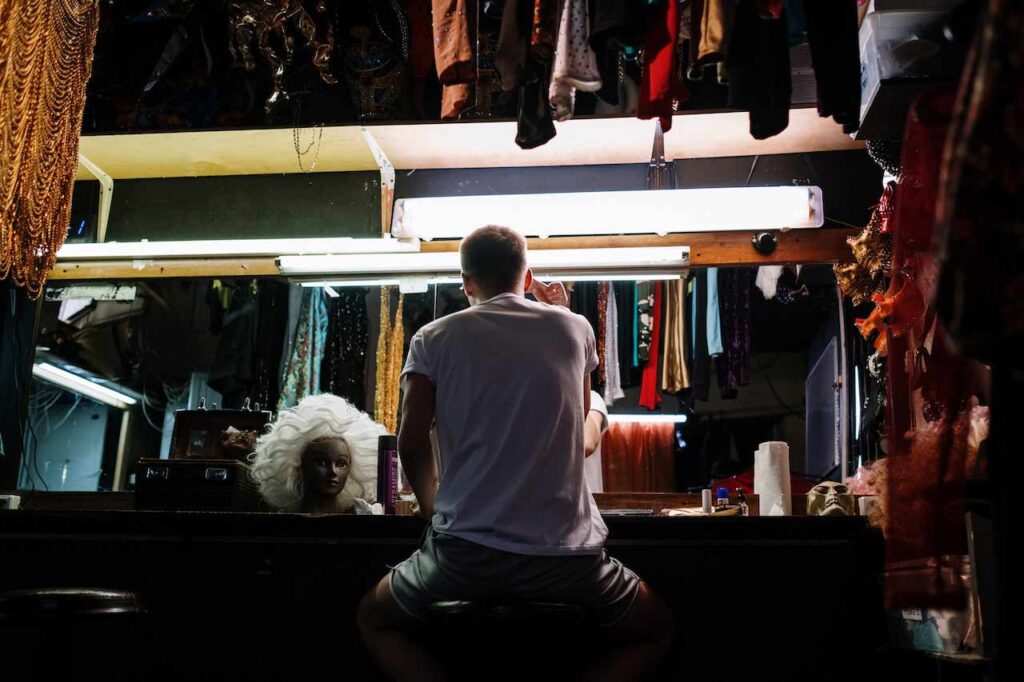
Moreover, crossdressing is not just about clothing. It can also involve adopting behaviors, mannerisms, and even names associated with the opposite gender. For some, it might involve a complete transformation, while for others, it might involve subtle shifts in appearance and behavior.
In conclusion, the reality of crossdressing is that it’s a diverse and individual practice. It’s a form of self-expression that can bring joy, comfort, and self-discovery. And while it can be misunderstood and stigmatized, it’s a practice that deserves understanding and acceptance.
KEYPOINTS
- Crossdressing is a form of self-expression that involves wearing clothing and adopting behaviors typically associated with the opposite gender.
- Crossdressing is not indicative of one’s sexual orientation or gender identity.
- There are various types of crossdressers, including new crossdressers, closet crossdressers, sissies, femboys, and drag performers.
- Common misconceptions about crossdressing include the beliefs that it is only for LGBTQ+ individuals, that it is a fetish or kink, that all crossdressers want to be women, that it is a sign of mental illness, and that all crossdressers are the same.
- The reality of crossdressing is that it is a diverse practice with a wide range of motivations and meanings. It can be a form of self-expression, a source of comfort, a form of artistic and creative expression, or a way to explore one’s gender identity.
- Crossdressers express themselves in various ways, from the clothing they wear to the behaviors they adopt.
- The journey of crossdressing can be challenging, rewarding, and deeply personal. It’s a journey of self-discovery and expression that deserves understanding and acceptance.
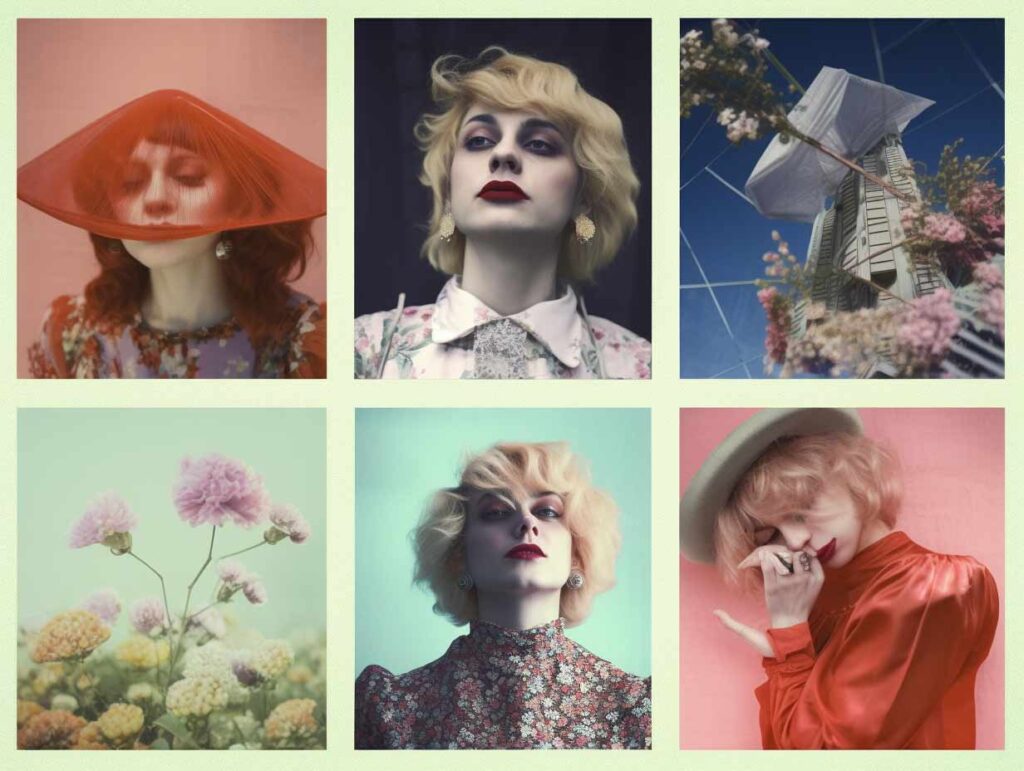
Conclusion
Reflecting on the Journey of Crossdressing
As we reach the end of this blog post, it’s important to reflect on the journey we’ve taken together. We’ve explored the world of crossdressing from a personal perspective, delving into the realities, the misconceptions, and the diverse experiences of crossdressers.
We’ve established that crossdressing is a form of self-expression that is as diverse as the individuals who practice it. It’s not limited to any one group of people and is not indicative of one’s sexual orientation or gender identity. We’ve also debunked some common misconceptions, such as the idea that crossdressing is a fetish, a sign of mental illness, or that all crossdressers want to be women.

Final Thoughts on Being a Crossdresser
As a crossdresser myself, I’ve shared my personal journey and experiences. I’ve discussed the challenges I’ve faced, the joys I’ve discovered, and the community I’ve found. My hope is that by sharing my story, I can help to foster understanding and acceptance of crossdressing.
Crossdressing is a journey of self-discovery and expression. It’s a journey that can be challenging, rewarding, and deeply personal. And while society still has a long way to go in understanding and accepting crossdressing, every conversation, every shared story, and every dispelled misconception brings us one step closer.
Thank you for joining me on this journey. Whether you’re a crossdresser yourself, know someone who is, or are simply interested in learning more, I hope this blog post has provided you with some valuable insights and a deeper understanding of what it means to be a crossdresser.
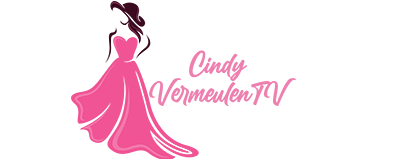
Wonderful post but I was wondering if you could write a litte more on this subject?
I’d be very grateful if you could elaborate a little bit more.
Cheers!
Hey there! Thanks a bunch for checking out the post and for the kind words! I’m really glad you enjoyed it. 😊 Absolutely, I can totally dive deeper into the subject in future posts. Crossdressing is such a fascinating journey, and there’s a ton more to explore. If you have any specific stuff you’re curious about or wanna know more on, just give me a shout! Your interest means a lot, and I’m stoked to keep the convo going. Keep an eye out for more cool content coming your way!
Cheers! 🌟
wonderful article! i wonder if anyone identifies as a sporadic crossdresser that is ignited with the use of ‘uppers’ (i have read similar accounts from Reddit and Erowid of others using these uppers that has same effect) . in my case i crave uppers because it opens the door for me to cross dress and hire women to use strap on on me. as soon as i feel the cum up i am eager to get my lingerie out, put on makeup and get in my favorite position for my companion. i love to watch “your ass is a pussy brainwashing” from stone studios and that really gets me in the mood, i have never been attracted to men and am not but feel it mandatory to cross dress before my female companion performs and ponder why this is ? this forum seems very real and so i thought to inquire to see if any others have similar desires and behaviors?
all the time i used to read smaller articles that also clear their motive, and that is also
happening with this piece of writing which I am reading now.